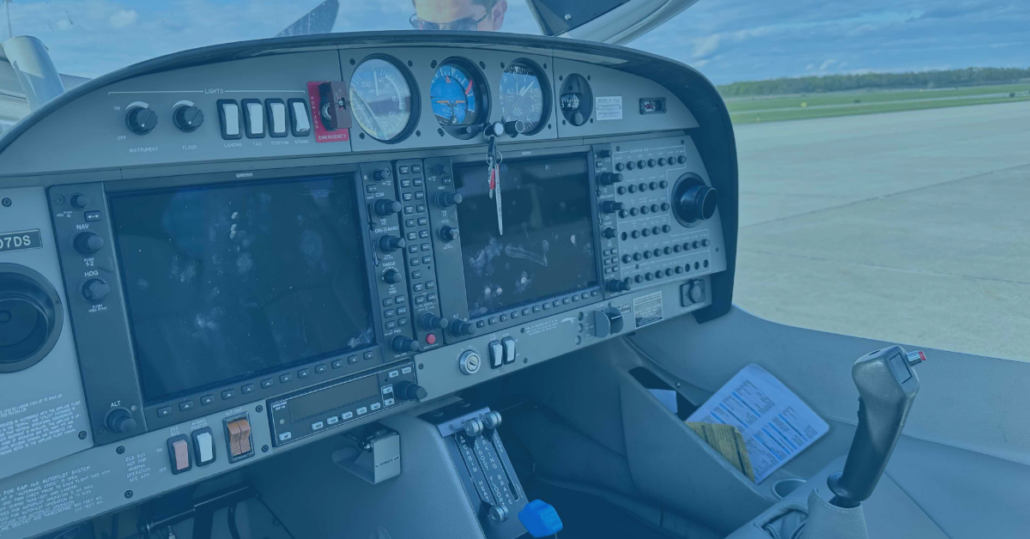So, you’ve decided to take to the skies and pursue your dream of becoming a pilot. Congratulations!
Now comes the crucial decision of choosing the right flight school. When exploring your options, you’ll likely come across two common types: Part 61 and Part 141 flight schools. In this blog post, we’ll walk you through the pros and cons of each to help you make an informed choice.
Part 61 Flight School
Let’s start with Part 61 flight schools, which follow regulations outlined in Title 14 of the Code of Federal Regulations (14 CFR) Part 61.
Here are some of the pros and cons:
Pros:
- Flexibility and Personalization: Part 61 flight schools offer a more flexible training approach, allowing you to learn at your own pace. This is particularly beneficial if you have a busy schedule or other commitments. You can work with your instructor to design a training plan tailored to your needs and goals.
- Lower Costs: Generally, Part 61 flight schools are less expensive than their Part 141 counterparts. Since you have more flexibility in training hours, you can choose to take fewer lessons if you’re a quick learner or need to budget your expenses.
- More Experienced Instructors: Part 61 flight schools often attract experienced flight instructors who have accumulated significant flight hours. These instructors bring real-world knowledge and insights into the training, which can enhance your learning experience and help you develop a well-rounded skill set.
Cons:
- Less Structure: Compared to Part 141 schools, Part 61 flight schools have fewer predefined syllabi and training programs. While flexibility is a pro, some students may find it challenging to stay motivated and on track without a structured curriculum. It requires self-discipline and proactive communication with your instructor to ensure steady progress.
- Longer Time to Obtain Certifications: Due to the flexibility and individualized training plans, it may take longer to complete your certifications in a Part 61 flight school. If you’re aiming for a specific timeline or have career aspirations that demand quicker progress, you might find this aspect frustrating.
- Fewer Benefits for Foreign Students: Part 61 flight schools may not qualify for certain benefits available to foreign students, such as the M-1 visa program. If you’re an international student, it’s crucial to research and ensure that the flight school you choose meets the necessary requirements for your specific situation.
Part 141 Flight School
Now, let’s explore Part 141 flight schools, which operate under regulations defined in 14 CFR Part 141. Here are the pros and cons:
Pros:
- Structured Training Programs: Part 141 flight schools offer comprehensive, structured training programs designed to meet specific FAA requirements. This can be advantageous for students who prefer a clear roadmap and appreciate a more regimented approach to their training.
- Reduced Flight Hour Requirements: Part 141 flight schools have FAA-approved syllabi that may allow you to achieve certain certifications with fewer flight hours compared to Part 61 schools. This efficiency can save you time and money in the long run.
- Access to Financial Aid and Veterans Benefits: Many Part 141 flight schools are eligible for various forms of financial aid, scholarships, and veterans’ benefits. If you require financial assistance to fund your flight training, choosing a Part 141 school may provide additional options to support your journey.
Cons:
- Less Flexibility: Part 141 flight schools often have stricter scheduling requirements and predefined training timelines. If you have a busy schedule or prefer a more flexible training approach, the structured nature of Part 141 schools may limit your options.
- Potentially Higher Costs: Due to the predefined syllabi and stricter requirements, Part 141 flight schools may have higher overall costs compared to Part 61 schools. It’s important to carefully consider your budget and financial resources before committing to a Part 141 program.
- Instructor Availability: Part 141 schools may have a higher instructor-to-student ratio, which could impact the availability and personal attention you receive from instructors. It’s essential to ensure that the flight school has a sufficient number of qualified instructors to meet your needs.
Conclusion
Choosing between a Part 61 and Part 141 flight school requires careful consideration of your individual circumstances, preferences, and goals.
Part 61 offers flexibility, personalization, and often lower costs. I attended a part 61 school.
Part 141 provides structured programs, potential efficiency gains, and access to financial aid.
Assess your priorities, consult with experienced pilots, and visit potential flight schools to make an informed decision that aligns with your aspirations. No matter which path you choose, the sky’s the limit!

